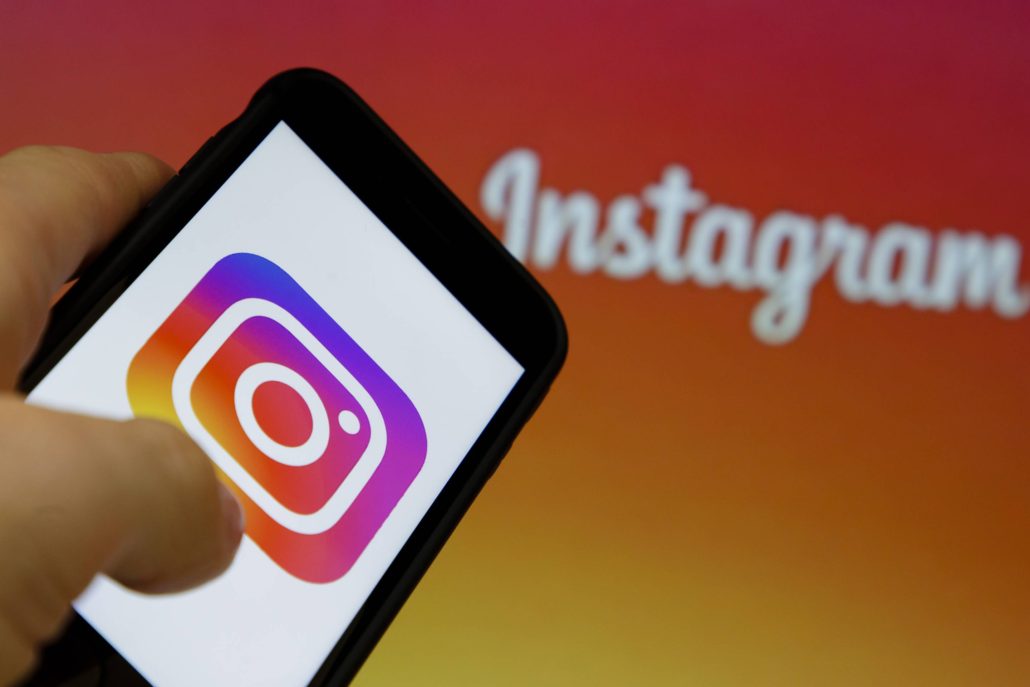Helping Teens Process Online News During Pandemic
A week ago, I found myself constantly reading news articles about the coronavirus, the economy, the shutdown of the state and the multitude of other stories related to our current pandemic. As a 52-year-old, I can very honestly say that my generation has never experienced a set of circumstances such as these. My anxiety was rising with every click of my mouse and every word that came across my screen.
I could find stories anywhere and anytime from my personal emails, 3-6 emails per day from the Washington Post or New York Times, to the social media posts to even my favorite ESPN app. Everything and everywhere had something to say related to this world-altering virus.
I realized that as I consumed more media regardless of quality of the content, my anxiety was on a continuous climb higher and higher. I made a decision to limit my consumption to reading updates from 1-2 respectable, journalistic organizations twice a day. I also limited my use of social media to a few times a day. I am working to find that balance between being a well-informed and educated citizen and an anxiety-ridden crazy person.
This realization got me thinking about my children. I wonder how much they are reading about these events. Are they following the exponentially increasing numbers of sick people? Do they read the same posts of people’s descriptions of actually having COVID-19? Do they see Tik Tok after Tik Tok of teens partying on beaches and wonder why they are forced to stay home?
I wonder where they are getting their information. Are they credible sources or are they sensationalized social media posts looking to accumulate clicks? Are they getting the right information or are they simply viewing memes that bring humor, irony, and satire to the situation?
Finally, I wonder, how are they processing the information they are consuming? Are they stressed or anxious? Do they understand the real purpose and goal of social distancing (that answer is generally no)? Do they have questions or is there an opportunity for a productive discussion?
Take a minute to think back to when you were a kid and a world altering event happened. What comes to mind? For me, it was the assassination attempt of Ronald Reagan on March 30, 1981 and the explosion of the space shuttle, Challenger, on January 28, 1986. As reports of both events unfolded, I watched the news on the TV, in my family room, with my parents. My parents could see exactly what information I was consuming, how I was processing it, and whether I was feeling anxious as a result. Naturally, there was conversation as we all processed the tragedies.
Fast forward to today. Consider this from a recent study by Common Sense Media:
- 54% of teens get news from social media
- 50% get news from YouTube
- 41% get news reported by news organizations either in print or online
These statistics suggest two things. First, teens are consuming media related to world and life changing events from their devices They are often alone and isolated in bedrooms or sitting on the living room couch, but without us knowing what they are reading.
Second, as a parent, I realize that I have no idea what, who and how:
- What are they consuming? Text? Video?
- Who is producing the content? Is it a credible source? What is the bias (all sources have a bias) of the source?
- How are they reacting? Is the information building knowledge that creates comfort? Do they understand the issues?
The reality is that we are all on our phones a lot, especially now. Consider these suggestions to help our teens better understand this situation and manage fear and anxiety:
- Watch a news segment together. Or suggest that they watch something that you have watched. Ask some open-ended questions about it. The goal is to open dialogue.
- Test their understanding. Do not assume that they understand the facts around key issues. For example, I asked one of my teens if he understood why we are social distancing. The answer he gave was “so I don’t get sick”. Well…not exactly. As of a week ago, my college kid did not know about the importance of “flattening the curve” nor the impending breakdown of healthcare if we cannot slow the progression.
- Listen. Listen. Listen! Validate. Validate. Validate! Let them talk and articulate their thoughts. Right or wrong, give them a safe place to begin a dialogue. Their worlds have stopped, paused, and they’ve lost many opportunities. They are uncertain of when school will resume, when they can see friends, who will get sick, will someone they know die. These are TOUGH issues for all of us. They are new and uncharted, but teens struggle to identify the fear that comes with it. Give them that space with you.
- Create some tech-free time. Pick an hour a day or every other day. Ask everyone in the house to put tech down for that time period. Consider how much time is spent on devices right now with distanced learning, virtual meetups, and social media. We can all use an hour or so to unplug.
Stay safe. Stay healthy. Stay strong.
Liz


